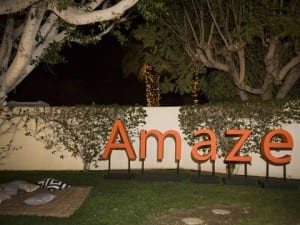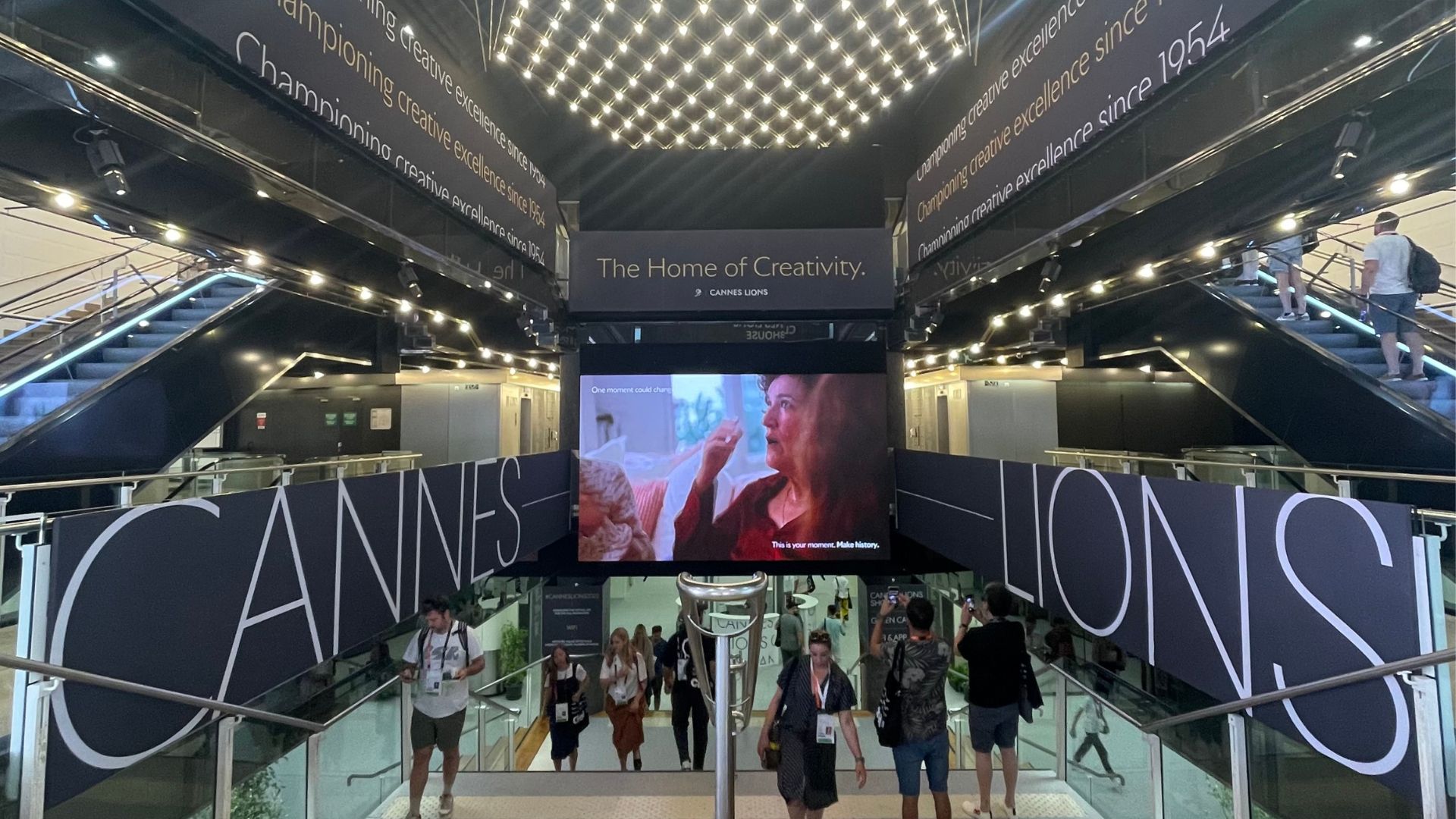 I recently attended my very first TED conference – TEDActive 2013 – where hundreds gather in the desert for a week of inspiration, collaboration and of course, dozens of the latest TED talks. It was a phenomenal experience. But instead of just providing links to my favorite talks, I thought I might share a few of the ways I plan to incorporate a little bit of TED into my daily creative process.
I recently attended my very first TED conference – TEDActive 2013 – where hundreds gather in the desert for a week of inspiration, collaboration and of course, dozens of the latest TED talks. It was a phenomenal experience. But instead of just providing links to my favorite talks, I thought I might share a few of the ways I plan to incorporate a little bit of TED into my daily creative process.
Basic Needs Vs. Technology Innovations?
Innovation researcher Erik Brynjolfsson’s TED talk was about the effects of information technologies on business strategy. Serious, big head thinking. But I was most struck by two stats he shared. First, in China, more people have cell phones than indoor plumbing. Second, when asked to choose between living with either indoor plumbing or ANY technology for one year, most people choose the commode. The lesson? Are we so focused on creating the cool, new viral sensation versus perhaps taking a step back and considering how our clients might address and serve basic human needs? Now, that could be breakthrough.
Do You Embrace the Shake?
Phil Hansen, a multimedia artist, sparked a different kind of creativity nerve when he told his story about how he turned a debilitating neurological condition that caused uncontrollable hand tremors into the very source of his unique design style. Unable to draw a straight line, he convinced himself that he could never be successful at drawing until one day he realized that he was not paralyzed by choices like so many other artists. He learned to “embrace the shake” and accepted the revelation that while “inside the box is where most of us are and have to be,” he was not. The lesson? Often, I think agencies are almost crippled by wide open blank slates, so perhaps we should actually feel empowered when we are asked to create with limitations? In other words “embrace the shake” — where less can turn out to actually be more.
Is 30 the New 20?
Meg Jay, a clinical psychologist, gave a fascinating talk about 20-somethings or what she refers to as “the defining decade.” She shared several jaw-dropping, behind-closed-doors stories of her clients and students that gave me pause as to how we ideate around engaging millennials. Two interesting stats she shared: 80 percent of life changing events take place by age 35 and that the first 10 years of a career has exponential impact on your income potential. The lesson? How can our clients and the programs we create for them better factor into what 20-somethings are doing in this downtime decade that can truly impact their future?
Have You Wondered Lately?
Finally, there was Lesley Perkes, a “public art instigator,” who fought for the creation of art on abandoned buildings in inner-city Johannesburg. Her belief is that “public space belongs to the public” and therefore, why ask permission to create public art? She posed two questions that intrigued me. First, “Who owns your view?” and second “Where’s our wonder?” and both made me think about the current notion among many that there is a crisis of imagination in the world. She closed her talk with this challenge: “Look for the place of absolute pessimism and invest there.” The lesson? What can we do to promote a sense of wonder in the world through our work? And perhaps that high-traffic locale is not truly the place to really connect with people.
So, while TED talks showcase storytelling at their very best, I hope some of these post-talk questions can help us all approach our role as creative torch bearers beyond the communications world. Be sure to visit www.ted.com and see what inspires you to inject a little TED into your world.
This article first appeared on The Holmes Report.
Image credit: conferences.ted.com


